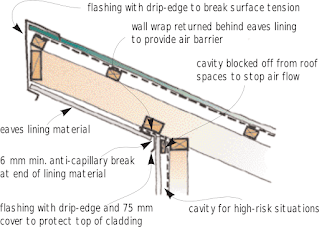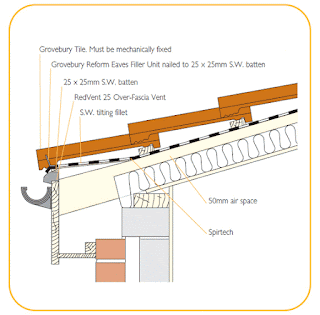When building a lean-to shed, one of the critical factors to consider is the roof pitch. The roof pitch refers to the steepness or slope of the roof. It plays a crucial role in determining how well the shed will shed water, withstand snow loads, and overall structural stability. Choosing the right roof pitch for your lean-to shed is essential to ensure it functions properly and lasts for years to come.
Factors to Consider
Several factors should be taken into account when determining the appropriate roof pitch for your lean-to shed. These include:
1. Climate
The climate of the area where the lean-to shed is located is an important factor to consider when determining the roof pitch. In regions with heavy snowfall, a steeper roof pitch is necessary to allow snow to slide off easily and prevent snow accumulation on the roof. In areas with heavy rainfall, a higher roof pitch is also desirable to ensure proper water runoff and prevent water from pooling on the roof.
2. Shed Size
The size of the lean-to shed also plays a role in determining the appropriate roof pitch. Larger sheds may require a steeper roof pitch to ensure adequate structural stability and prevent sagging or bowing of the roof over time. Smaller sheds, on the other hand, may require a lesser roof pitch.
3. Aesthetics
The aesthetic appeal of the lean-to shed is another factor to consider when choosing the roof pitch. A steeper roof pitch can give the shed a more traditional or classic look, while a shallower pitch can provide a modern or contemporary appearance. Consider the overall design and style of the shed and how the roof pitch will complement it.
4. Functionality
The intended use of the lean-to shed also affects the roof pitch. If the shed will be used for storage of heavy equipment or vehicles, a steeper roof pitch may be necessary to provide adequate clearance and prevent damage to the roof. If the shed will be used for light storage or as a shelter for livestock, a shallower roof pitch may be sufficient.
Options for Roof Pitch
There are several options for roof pitch when building a lean-to shed. The most common roof pitches for lean-to sheds are:
1. 1:12 Roof Pitch
A 1:12 roof pitch means that the roof rises by 1 inch for every 12 inches of horizontal run. This is the minimum recommended roof pitch for most roofing materials, including shingles, metal roofing, and rolled roofing. It is a shallow pitch that is suitable for areas with minimal rainfall or snowfall. However, it may not be suitable for regions with heavy snow loads or frequent rainfall, as water and snow may not shed off the roof efficiently.
2. 2:12 Roof Pitch
A 2:12 roof pitch means that the roof rises by 2 inches for every 12 inches of horizontal run. This is a slightly steeper pitch than 1:12 and is suitable for areas with moderate rainfall or snowfall. It provides better water and snow shedding capabilities compared to a 1:12 pitch and is commonly used for lean-to sheds in regions with moderate weather conditions.
3. 3:12 Roof Pitch
A 3:12 roof pitch means that the roof rises by 3 inches for every 12 inches of horizontal run This is a moderately steep pitch that is suitable for areas with heavier rainfall or snowfall. It provides better water and snow shedding capabilities compared to shallower pitches and is commonly used for lean-to sheds in regions with more challenging weather conditions.
4. 4:12 Roof Pitch
A 4:12 roof pitch means that the roof rises by 4 inches for every 12 inches of horizontal run. This is a steeper pitch that is suitable for areas with heavy snow loads or frequent rainfall. It provides excellent water and snow shedding capabilities and is commonly used for lean-to sheds in regions with harsh weather conditions. However, it may not be suitable for sheds with very large spans or heavy loads, as it may require additional structural support.
5. Custom Roof Pitch
In some cases, you may need to choose a custom roof pitch for your lean-to shed based on specific requirements or preferences. Custom roof pitches can be determined based on factors such as local building codes, architectural design, and structural considerations. It is important to consult with a qualified professional, such as an architect or engineer, to ensure that the custom roof pitch chosen is structurally sound and meets all applicable building codes and regulations.
Conclusion
The roof pitch is a critical factor to consider when building a lean-to shed. It affects the shed's ability to shed water and snow, withstand loads, and overall structural stability. Factors such as climate, shed size, aesthetics, and functionality should be taken into account when determining the appropriate roof pitch for your lean-to shed. Options for roof pitch range from shallow pitches such as 1:12 to steeper pitches such as 4:12, with custom pitches also being a possibility. Consulting with a qualified professional is recommended to ensure that the chosen roof pitch is suitable for your specific needs and meets all applicable building codes and regulations. By carefully considering these factors, you can ensure that your lean-to shed has the appropriate roof pitch for optimal performance and longevity.



0 comments:
Post a Comment
Note: Only a member of this blog may post a comment.